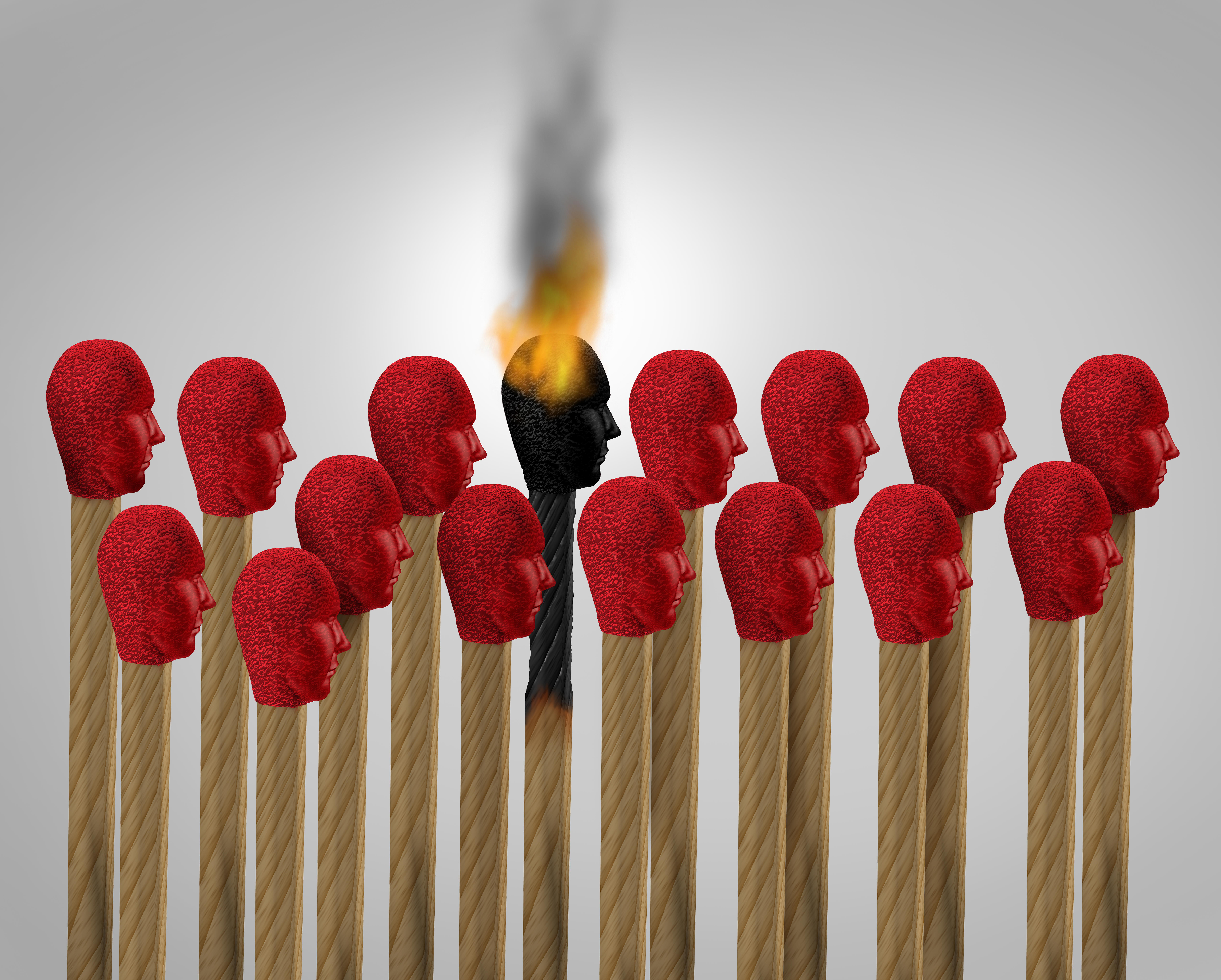In mid-2020, an idea began percolating across workplace strategy dialogue: Employee experience is the new customer experience. Happy employees meant better customer-facing interactions, and better customer interactions meant happier (and spendier) customers. As this idea was seeping into workplace thought leadership, researchers at the Future Forum began logging employee stress levels to see what factors were triggering the tension and burnout. They then examined whether those factors were within the control of workplace strategists.
The Future Forum's winter snapshot of the state of the workplace highlighted a concerning trend: "Burnout is still on the rise globally, with 42% of the workforce reporting it -- a slight uptick (2% rise) from the previous quarter and an all-time high since May 2021, when Future Forum first started measuring employee burnout."
If two in every five workers globally are reporting burnout -- exactly what are we looking at here? The New York Times provided this definition recently:
Burnout is typically characterized by three symptoms: emotional exhaustion, negativity and the feeling that no matter how hard you try you cannot be effective at your job, said Dennis Stolle, the senior director of applied psychology at the American Psychological Association.
The article further outlined several workplace factors leading to burnout, but one stood out as being particularly pertinent to the ongoing dialogue about how to engage with employees around hybrid or in-office work: When employees feel as if their employers deny them autonomy, they're more likely to get burned out.
As Laura Putnam, author of the book “Workplace Wellness That Works” and chief executive of employee wellness firm Motion Infusion, said, “The less control we have over our day-to-day activities at work, the more likely we are to be stressed.”
Future Forum has amassed a body of research showing that workplace flexibility is linked to a higher self-reported level of employee well-being and higher levels of workplace productivity. And one of the key components of workplace flexibility is making sure people have the right technology — not only the hardware, software and cloud-based tools that help them with their specific job duties, but the tech ecosystem that will allow workers to feel connected to their team and to create and maintain the kind of workplace culture that can mitigate burnout — one in which there's the type of communication that allows employees to feel as if their work is seen and appreciated.
In a recent WorkSpace Connect piece, Metrigy analyst Beth Schultz identified loss of community and culture as the biggest challenge in supporting a remote working environment, and she laid out a roadmap for how collaborative technology platforms coupled with strong managerial leadership could mitigate that challenge.
Granted, when one is facing burnout, the idea of taking on a new project or workplace initiative seems like it's just making the problem worse. But if thoughtful strategists ask, "How can these technological solutions address employee stress, boost autonomy, encourage a positive team culture, and reduce unnecessary work?" then they'll have taken the first step toward reducing a systemic organization problem. And when they find an answer to that question, they'll have taken another. Mitigating burnout is better than doing nothing at all.



